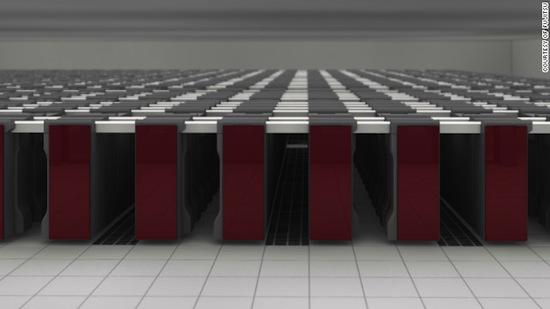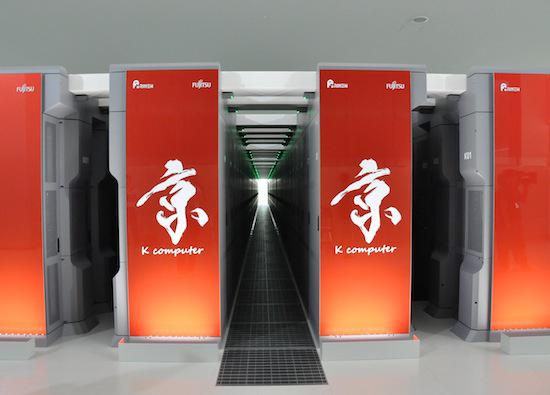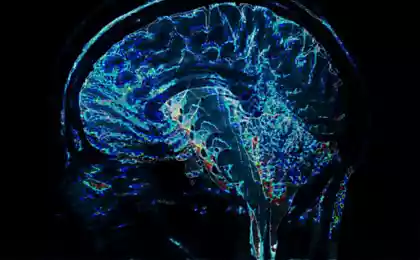641
The supercomputer took 40 minutes, 1 second to simulate the human brain

«K Computer» - Development of a Japanese corporation «Fujitsu». This monster computing consists of 82944's eight-chip, and has a capacity of up to 10 petaflops (1.016 trillion operations per second). To operate the computer needs power supply capacity of 9, 89 MW, equivalent to about 10 thousand secondary summer homes.
Supercomputer group of Japanese and German scientists tried to simulate the activity of the human brain. More than 80 thousand processors "thinking" for 40 minutes at attempts to recreate the neural activity for a period of 1 second of real time. To simulate the functioning of the brain «K Computer» had to link 1, 73 billion virtual nerve cells with 10, 4 trillion virtual synapses (parts of neurons that are responsible directly for the transmission of nerve impulses).

According to the experimenters, in their system, every synapse got 24 bytes of memory, which allows us to mathematically precise simulation of the neural network. For the "brain simulation" software was used «NEST» Open Source, with this operation required the 1st petabyte of RAM.

Modeled was not specific activities to address the problem (a signal transmitted by synapses at random), and an abstract neural network of 1% of the number of neurons in the human brain.
Marcus Dismal from the Institute of Neuroscience and Medicine in Germany, sums up: "So, if we know what they are capable machines like the" K Computer ", it can be calculated that the computing power needed to simulate the operation of the brain, will be available after approximately 2020 th year. " However, according to some scientists, Marcus too optimistic in their forecasts.
via factroom.ru
In the sewer of London grew fat lump the size of a double decker bus and weighing 15 tons
Apple does not fall on the head of Isaac Newton, but it fell close























